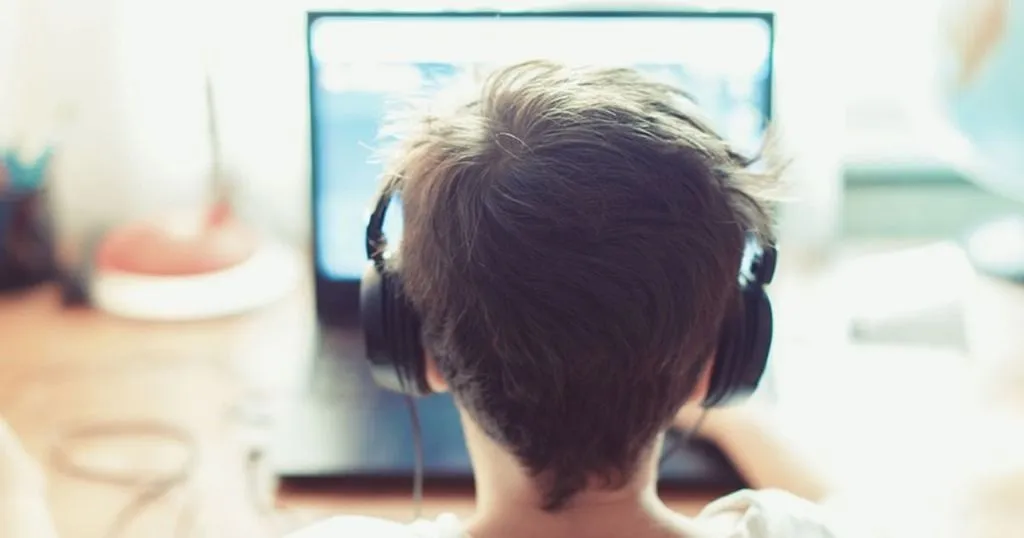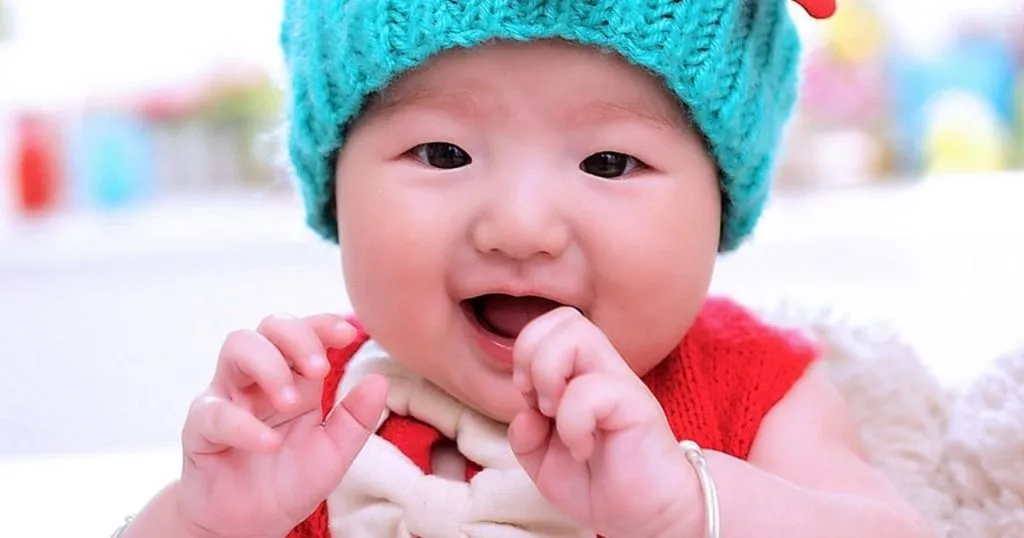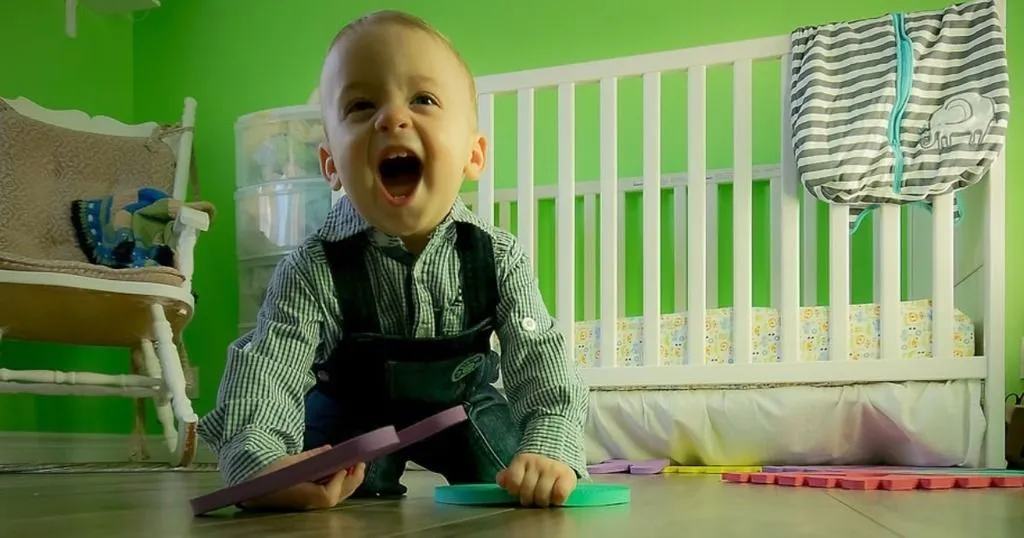Serious gaming reduces anxiety in children
What is the effectiveness of the applied game called MindLight in teaching children how to cope with anxiety? Wols et al. investigated this game-based intervention.
Posted by
Published on
Fri 22 Mar. 2019
Topics
| Anxiety | Child | Playing Behavior | The Observer XT | Video Observation | Mental Disorder |

Anxiety disorders are among the earliest and most prevalent forms of psychopathology in children. Currently, treatments based on cognitive behavioral therapy (CBT) are considered the most effective in reducing anxiety symptoms. Wanting to improve the way CBT techniques are taught to children, researchers investigated the effectiveness of an applied game called MindLight.
Using applied games to treat anxiety
With studies on CBT showing mixed outcomes and small to moderate effect sizes, researchers hypothesized that teaching methods are important in determining treatment success. For example, not all children are engaged or motivated by the didactic-based approach that is often used in treatment. Clinicians may also deviate from protocols, resulting in varying approaches to CBT. Lastly, children may not have enough opportunities to put the knowledge they learn into practice. Game-based interventions may be the answer.
Teaching children how to cope with anxiety using MindLight
Designed to be playful and to provide ample opportunity for practice, MindLight is an applied game that incorporates three evidence-based CBT techniques. The first, relaxation through neurofeedback training, uses real-time electroencephalogram (EEG) recordings to promote relaxation. The game also includes exposure training, which encourages individuals to approach fearful events. Lastly, attention bias modification (ABM) helps to focus one’s attention from negative to more positive stimuli.
In the game, the player needs to move through grandma’s dark and decrepit mansion to save her from evil forces. To do so, he/she needs to chase away or uncover “fear events” (exposure) and solve puzzles (ABM). To help them move through the dark, players can use their “mindlight”, which shines brighter when they relax (neurofeedback). To complete the game successfully, children need to display engaged behaviors and suppress avoidant/safety behaviors.
Reducing anxiety symptoms with MindLight
To examine the effectiveness of MindLight in treating anxiety symptoms, the researchers studied in-game behaviors and anxiety symptoms in 43 children with elevated levels of anxiety (ages 8 to 12). All participants completed six sessions of MindLight, with a total gameplay of approximately six hours. They filled out the Spence Children’s Anxiety Scale (SCAS-C) two weeks before participation, as well as several times after completing the intervention.
The researchers hypothesized that higher pretest anxiety scores would be related to less engaged and more avoidant/safe in-game behaviors during the first session. They also predicted that increases in engaged behavior and decreases in avoidant/safety behaviors would be associated with reduced anxiety symptoms at a three-month follow-up measurement.
Measuring child behavior: behavioral analysis software and video annotation
Each in-game behavior was classified as either “engaged” or “avoidant/safe.” For example, when a child encounters a monster, he/she can approach it to uncover it or chase it away (engaged). Other options include hiding in a chest or turning on a ceiling light (avoidant/safe).
All on-screen behavior was videotaped using Fraps and coded with The Observer XT. Observational codes were based on the MindLight Coding System (MCS-II). To control for differences in duration of play-sessions, behaviors were transformed to proportions or frequencies per minute.
Child behavior during the game predicted real-world outcomes
Contrary to predictions, pretest measurements of anxiety symptoms were not related to behaviors during the first play-session. The researchers argue that these results may be due to limited variation in anxiety levels between participants. Another explanation may be that the first session was highly standardized, leaving little room for variation in behaviors.
However, results of the study did indicate that developments in in-game behaviors predicted changes in anxiety symptoms. Specifically, both increased engaged behaviors and decreased safety/avoidant behaviors in the game were associated with reduced anxiety symptoms at a three-month follow-up measurement.
These results, as well as outcomes from similar studies, show that applied games are successful in delivering CBT techniques to children with anxiety symptoms. With the added possibilities of easily tailoring and personalizing treatments, game-based interventions are very promising in the further development of treatments for these disorders.
Interested in human behavior research? Read more on 'How to study human behavior'!
Reference
Wols, A.; Lichtwarck-Aschoff, A.; Schoneveld, E.A. & Granic, I. (2018). In-Game Play Behaviours during an Applied Video Game for Anxiety Prevention Predict Successful Intervention Outcomes. Journal of Psychopathology and Behavioral Assessment, 40 (4), 655-668.
Related Posts

Infant behavior experiments

Vocalizations as an early life behavioral marker for ASD

